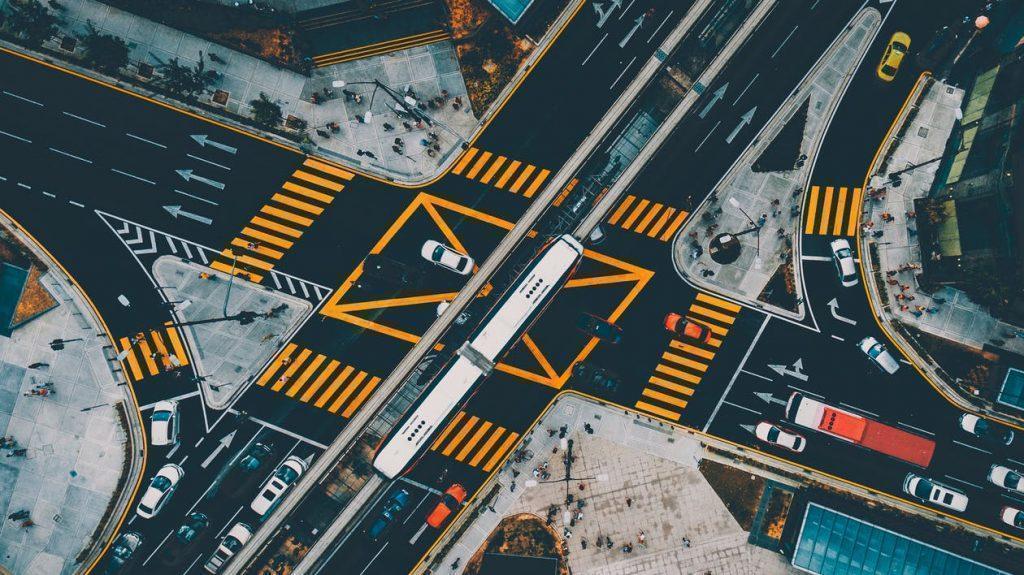With so many options available today, retailers need to consider the entire journey of getting goods into consumers’ hands
Who defines the last mile? For many retailers, e-commerce brands and shippers, the last mile starts when an item leaves their store or warehouse and ends when it arrives at the end customer’s doorstep.
But is it that simple?
“I want to expand the definition of the last mile beyond what it is because I think it is a two-way street,” explained Tom Enright, vice president and analyst for Gartner.
Speaking in a session titled “Last Mile is So Last Year — Here’s How to Reach the Future Retail Consumer” at the Gartner Supply Chain Symposium/XPO 2022 conference at Walt Disney World’s Dolphin Resort on Wednesday, Enright challenged the perception of the last mile, saying that in 2022 it needs to be considered differently if retailers want to find success.
“What happens when a delivery includes both a delivery and a collection, like in a locker,” he asked.
To Enright, while the retailer assumes the delivery ends at drop-off, with more alternative options for consumers such as locker pickup, alternative delivery locations and buy online pick up in store (BOPIS) models appearing, the collection part of the equation is becoming increasingly important. A failure here is a failure everywhere in the process.
Saying that an “organizational structure sometimes gets in the way,” Enright noted the high cost of last-mile delivery and the environmental impact of those deliveries, and pointed to ways retailers may be able to minimize the overall cost while still servicing the customer’s needs.
“It’s conceivable that two delivery vehicles, both half-full, are driving to the same town,” Enright said, noting that the average delivery vehicle by weight is only 44% full. With an average cost of $10.10 per last-mile delivery, retailers are losing $2.02 per delivery after accounting for shipping fees.
“The future of retail is not faster speed, but solving [these problems],” Enright said.
Within logistics, Enright said 53% of shipping costs and 41% of total supply chain costs are tied to the last mile, meaning there is a big opportunity for retailers. He cited collaboration, such as Walmart’s GoLocal service that now delivers Home Depot (NYSE:HD) items, as a path forward.
With more delivery vehicles on roads, a 32% increase in carbon emissions is expected by 2030 if nothing is done differently than today, Enright said.
But it’s not just about carbon emissions, although that is becoming a significant selling point for retailers; it’s also about customer satisfaction. According to Enright, 5% of all last-mile deliveries are failed deliveries, costing an average of $17.78. “If six retailers are making six deliveries, that is six opportunities for a failed delivery,” he said, pointing again to consolidation and collaboration as opportunities to reverse this trend.
Offering delivery options becomes a key part of this effort. In-store pickup, curbside pickup, lockers and self-service pickup options are among the choices retailers have today. A Gartner survey found 75% of retailers now offer pickup of online purchases inside the store, but 10% have no plans to offer that option within the next two years.
Curbside pickup (55%), pickup at a store locker or self-service terminal (45%), and pickup at a locker or self-service terminal away from the store (40%) are also growing options. But 60% of respondents said they have no plans to offer consumer collection opportunities at lockers or terminals away from the store.
Solving the problem
Among the ideas that Enright proposed was setting up dedicated collection desks, parking spots and improved signage inside stores for consumers. He said that collection services should always be as fast as or faster than delivery services. That will encourage the consumer to choose that option, reducing vehicle usage and cost, and get the consumer in and out faster.
Enright went on to note that retailers have other considerations that impact last-mile delivery. One of those is BOPIS. A growing number of consumers — 30% of Gen Y people in a U.K. study — now use that option as a way to reserve items, with little or no intention of buying them. They might continue looking for a better deal elsewhere or simply want to “hold” an item as they consider it further. This ties up inventory but represents an opportunity for retailers if they can get these potential consumers into the store. Retailers that can encourage BOPIS typically see a 10% to 15% uptick in sales, Enright said, helping offset the cost of delivery. But the inability to get people into the store results in missed opportunities.
Enright said retailers need to embrace both ends of the last-mile delivery piece — the delivery and the collection side — and find solutions.
“Retailers that know what they are delivering where and when at the checkout process can
the consumer, ‘How about a 10:30 a.m. delivery on Thursday?’ because they know they are going to be there,” he said.
Other options to consider are increasing curbside pickup or even doing consolidated curbside pickup where multiple stores join forces for a single pickup location.
“Curbside needs to be expanded to be more of an in-store experience outside of the store,” Enright said.
Another option that is working in some locations is the multiretailer pickup and return store.
“Many of these spaces are relatively small stores in relatively small towns without major retailers nearby,” Enright said, noting that larger retailers can deliver to this single point for convenient pickup by the consumer.
With last-mile delivery expected to grow 78% by 2030, it’s now the time for retailers to address the future of delivery, Enright said.
Source: https://www.freightwaves.com/news/its-time-to-rethink-what-last-mile-delivery-really-means-says-gartner-vp?utm_source=pocket_mylist
Link: https://www.freightwaves.com
